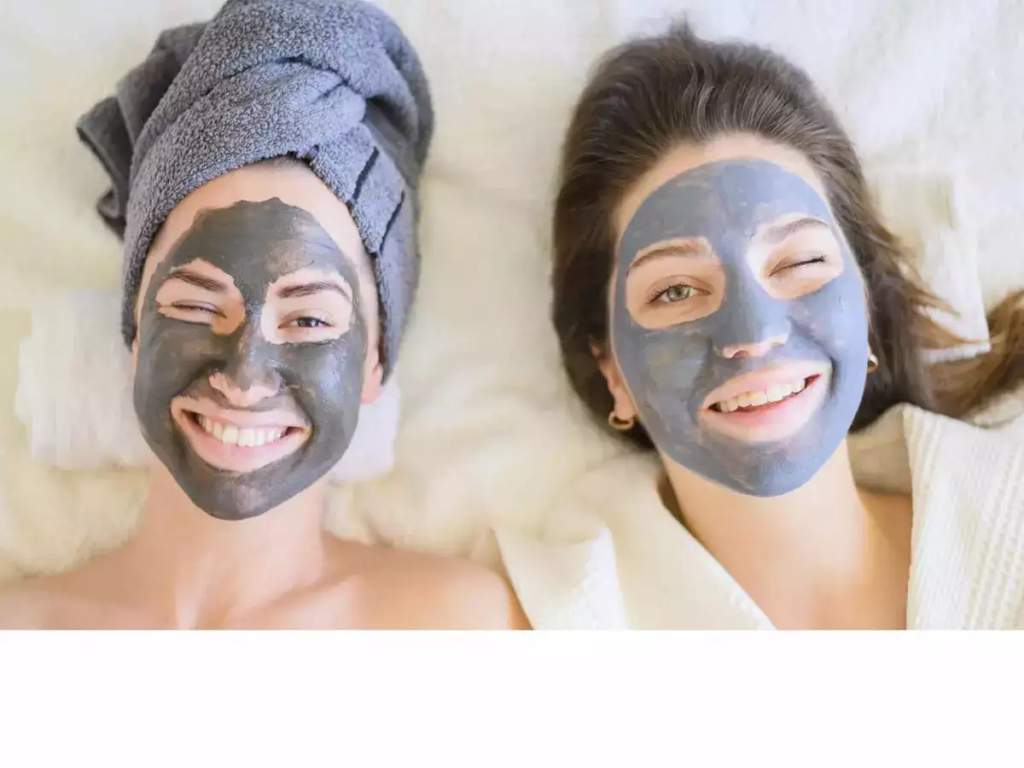When it comes to skincare, there are endless options for treating and nourishing our skin. One of the most popular methods is using masks, specifically sheet masks and face masks. These two products have taken the beauty world by storm, promising to hydrate, brighten, and rejuvenate our skin. But which one is truly the best? In this battle of the masks, we will compare sheet masks and face masks to determine which one reigns supreme in achieving healthy, glowing skin.
Understanding the Basics: What are Sheet Masks and Face Masks?
Sheet masks and face masks are two popular skincare products that provide various benefits for our skin. Sheet masks are typically made of a thin sheet soaked in a concentrated serum, while face masks come in different forms such as creams, gels, or clays that are applied directly to the face. Both masks are designed to deliver active ingredients to the skin, targeting specific concerns like hydration, brightening, or anti-aging. The key difference lies in their application and texture, with sheet masks providing a convenient and mess-free experience, while face masks allow for more customization and versatility.
Breakdown: Key Ingredients in Sheet Masks and Face Masks
When it comes to sheet masks and face masks, the key ingredients play a crucial role in delivering their promised benefits. Both types of masks are formulated with various active ingredients, such as hyaluronic acid for hydration, vitamin C for brightening, and collagen for anti-aging. These ingredients work to nourish and rejuvenate the skin, targeting specific concerns and providing a healthy glow. By understanding the key ingredients in sheet masks and face masks, you can choose the one that aligns with your skin care needs and enjoy the many benefits they offer.
Comparing Efficacy: How Do Sheet Masks and Face Masks Work on Your Skin?
Sheet masks and face masks both work wonders for your skin, but they do so in slightly different ways. Sheet masks are soaked in a concentrated serum, allowing the active ingredients to penetrate deeply into the skin. They create a barrier that locks in moisture, leaving your skin hydrated and glowing. On the other hand, face masks come in various forms, like creams or gels, and are applied directly to the face. They work by forming a physical barrier on the skin’s surface, delivering a high concentration of ingredients, and targeting specific skin concerns. Whether you prefer the convenience of a sheet mask or the versatility of a face mask, both options are effective in giving you the healthy, radiant skin you desire.
Pros and Cons: Analyzing the Advantages and Drawbacks of Both Types of Masks
Both sheet masks and face masks have their own set of pros and cons. Sheet masks offer convenience and mess-free application, making them perfect for on-the-go or travel. They also provide a concentrated dose of ingredients that deeply penetrate the skin, leaving it hydrated and glowing. However, sheet masks may not be as versatile as face masks in targeting specific concerns or skin types. Face masks, on the other hand, offer customization and versatility, allowing you to choose a formulation that suits your specific needs. They also provide a physical barrier on the skin, delivering a high concentration of ingredients. However, face masks may require more time and effort for application and can be messy. Overall, the choice between sheet masks and face masks depends on your personal preferences, skincare concerns, and lifestyle.
Application and Aftercare: How to Properly Use Sheet Masks and Face Masks for Best Results
To get the best results from both sheet masks and face masks, it’s important to follow a few key steps. First, start with a clean face to ensure that the masks can effectively penetrate your skin. Next, carefully unfold the sheet mask and gently place it on your face, making sure it adheres to your skin. For face masks, apply an even layer onto your face using your fingers or a brush. Leave the mask on for the recommended time, usually around 15-20 minutes for sheet masks and 10-15 minutes for face masks. After removing the mask, gently pat any excess serum or product onto your skin and follow up with your regular skincare routine. Remember, consistency is key, so make sure to incorporate masks into your skincare routine regularly for the best results.
Recommendations: Choosing the Right Mask for Your Skin Type and Needs
When it comes to choosing the right mask for your skin type and needs, it’s important to consider a few factors. Firstly, determine your skin type – whether it’s dry, oily, combination, or sensitive. For dry skin, opt for hydrating sheet masks or creamy face masks. Oily skin benefits from clay or gel-based masks that help control oil production. Combination skin can benefit from sheet masks that target specific concerns, such as brightening or balancing. Lastly, sensitive skin requires gentle formulas with soothing ingredients like aloe vera or chamomile. By choosing a mask that suits your skin type and needs, you can maximize its effectiveness and achieve the best results.






Recent Comments